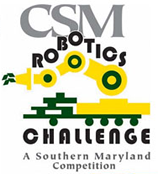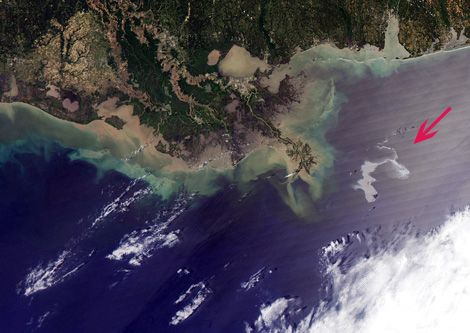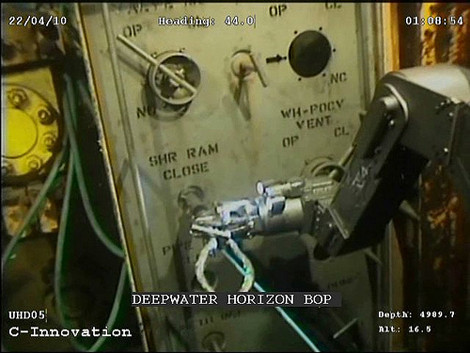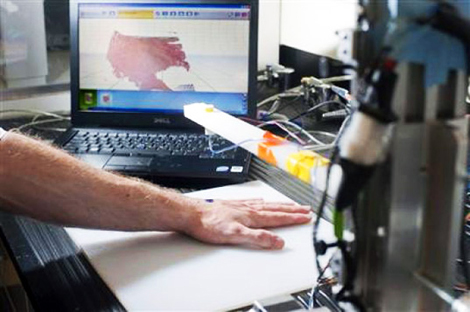Students’ Summer: Girls’ Engineering at Fresno State. 12-16 July, 2010
Dates: 12-16 July, 2010. Level and eligibility: San Joaquin Valley girls, grades 1-12. Cost : $250, ($200 for Girls SEE Alumni). Application deadline: May 28, 2010.
Girls Summer Engineering Experience (Girls SEE)
The Lyles College of Engineering at California State University, Fresno, is offering central San Joaquin Valley high school girls an opportunity to attend the 2010 Girls Summer Engineering Experience (SEE), a week-long day camp for high school girls interested in engineering or construction management. Structured hands-on activities, speakers, technical workshops and field trips, will make this a fun filled educational experience for all participants.
Girls SEE, which runs July 12-16, is available to girls entering grades 10-12. Applications are due by May 28, 2010 and notification of acceptance into the program will occur by June 4, 2010. Activities are designed to build upon leadership skills while promoting a female science- and math-based community.
Applicants must submit:
- Completed application form.
- Unofficial high school transcript.
- One-page personal statement demonstrating passion for science and mathematics.
- Letter of recommendation from an instructor.
Click here for the online application, or visit the Website.
Cost of the camp: $250, ($200 for Girls SEE Alumni)
For more, and updated, information, please check the Website, or contact: Lisa Craig, Pathways, Student Services, Lyles College of Engineering; 559.278.1076; girlssee@csufresno.edu
Filed under: Grades 6-8, Grades 9-12, Grades K-5, K-12 Outreach Programs | Comments Off on Students’ Summer: Girls’ Engineering at Fresno State. 12-16 July, 2010










 When: Saturday, Apr 10, 2010
When: Saturday, Apr 10, 2010



